New York's East Harlem: Neighborhood Fighting To Keep Its Culture In The Face Of Gentrification
East Harlem, Spanish Harlem or "El Barrio," — from 96th St. to 125th St. (some say 146th St.) and Fifth Ave. and the East River.

Spanish Harlem is changing. Dark purple real estate is selling at prices that are much higher than the median income of the block ... i.e., rich people are moving in.
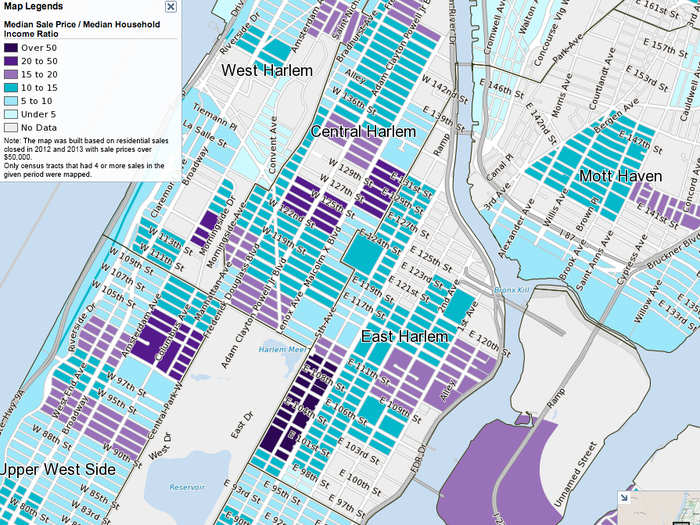
The new Spanish Harlem.
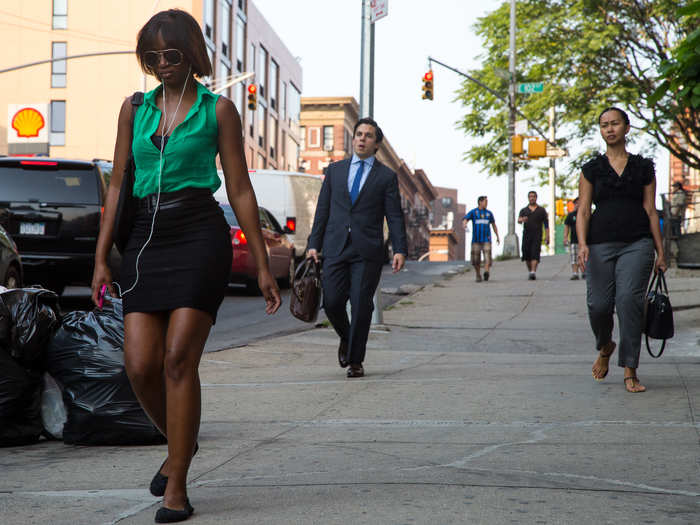
The demographics are clearly in flux, as the number of self-identified Whites and Asians have doubled over the past two decades.
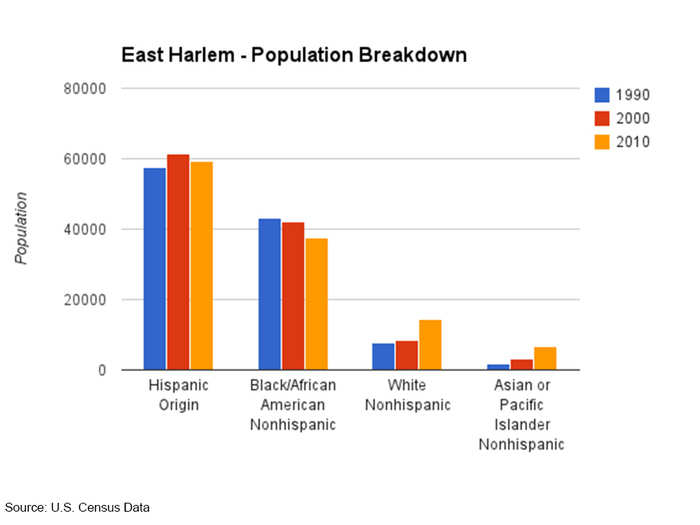
This isn't the first demographic turnover for the area. Always a working class neighborhood and originally a German area, by the early 20th century East Harlem was largely inhabited by Irish, Italian, and Eastern European Jews.
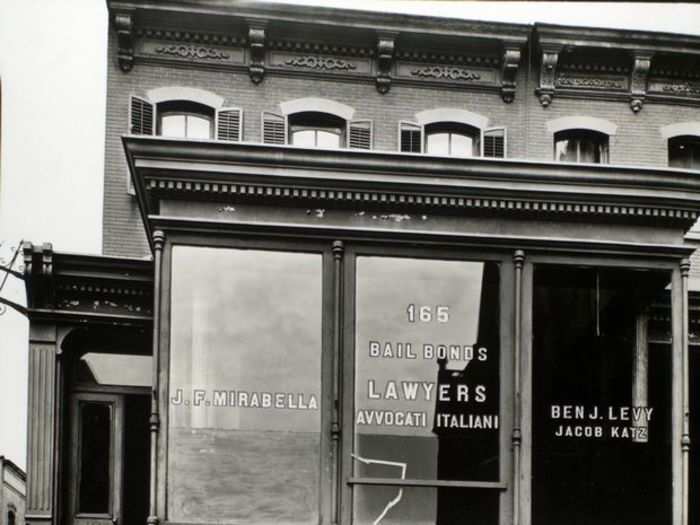
After World War I there was an influx of Puerto Ricans into the neighborhood, especially around 110th St., an area which became known as "Spanish Harlem" or "El Barrio."
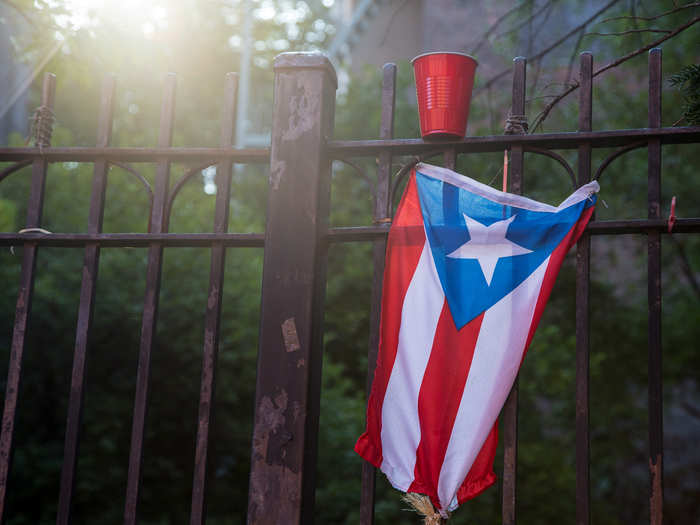
This shrine from the Italian Roman Catholic church on Pleasant Ave., where they dance the giglio, is now maintained by the Puerto Rican community.
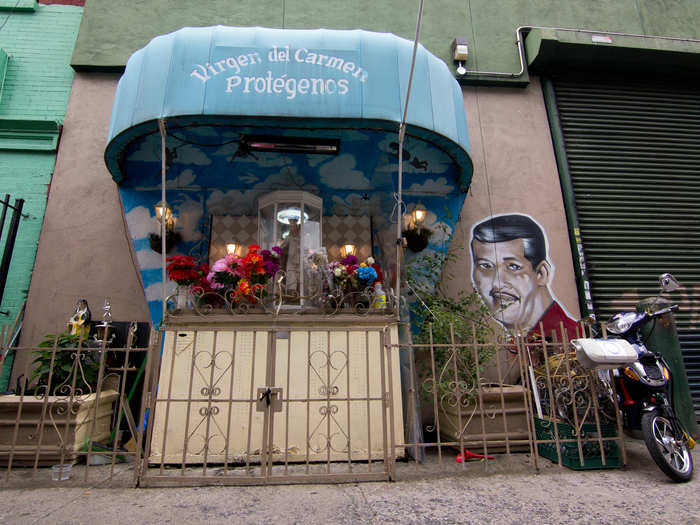
In 1941, to better house the growing population of the neighborhood, the New York City Housing Authority (NYCHA) built its first community housing project in East Harlem. Over the next 20-30 years the city built 24 NYCHA developments in the area.
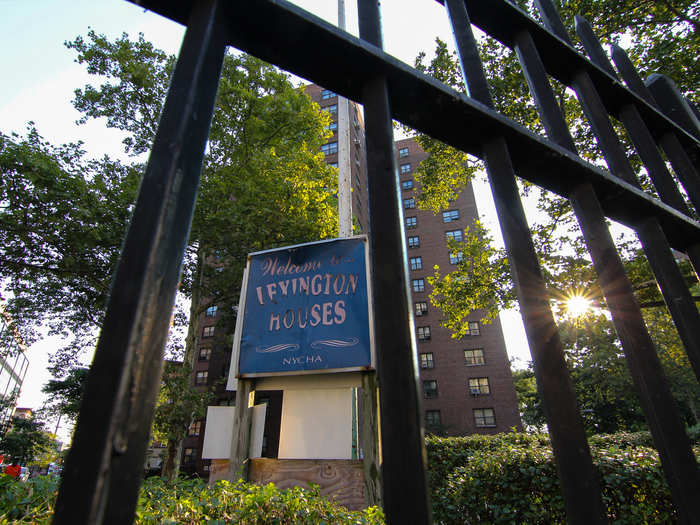
The purpose of building up with public housing was to create public space for small parks and recreation areas.
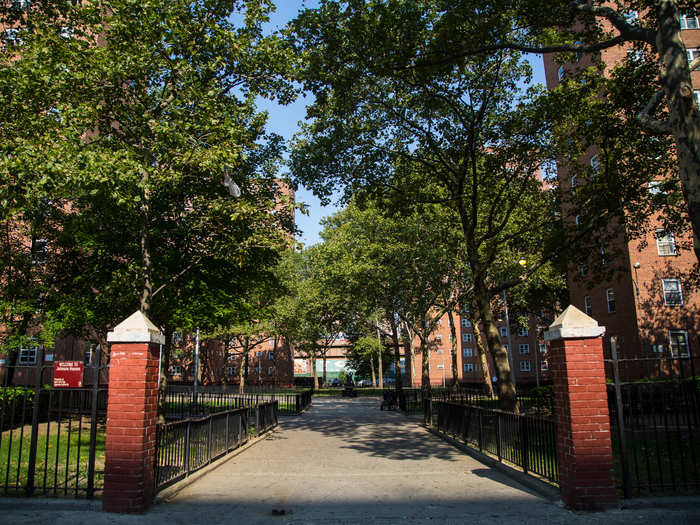
But under a controversial NYCHA plan, the cash-strapped agency now proposes to lease public space in the project to private developers to build luxury housing — 20% of which must be designated for low-income families.
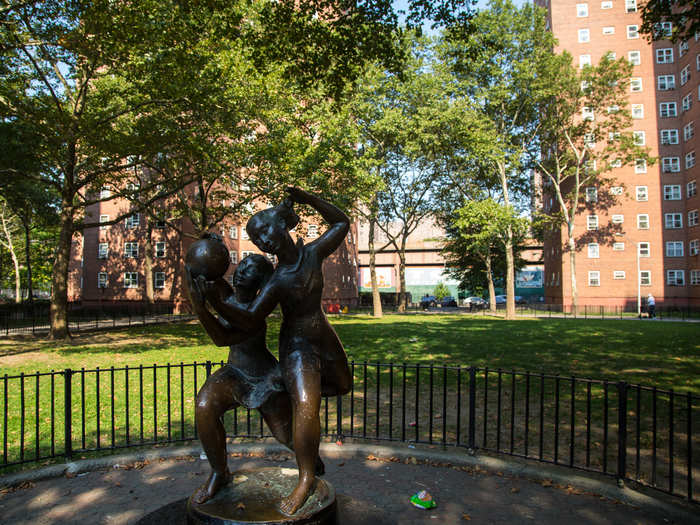
Like many City Housing Authorities, the NYCHA uses federal funds to supplement the lower rental rates it offers. However, as Robbie Whelan explained in a recent Wall Street Journal article, as federal funding is running low many city housing authorities are looking for alternate funding options.
Many residents and community organizations are concerned that the reduction in public space will harm the neighborhood and the increase in luxury housing will hasten the displacement of lower-income families.
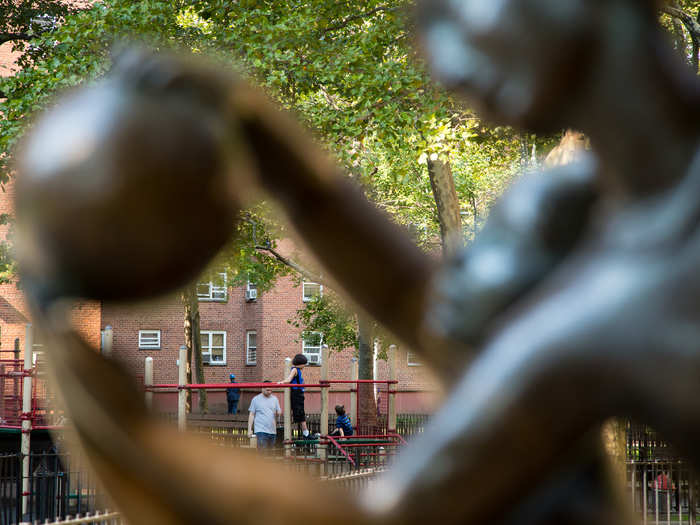
Displacement has been a common theme in Spanish Harlem's history. From German to largely Italian in the 1900s, in the 1970s many of the old Italian families left as the neighborhood went up in flames amidst race riots and a spike in arson.
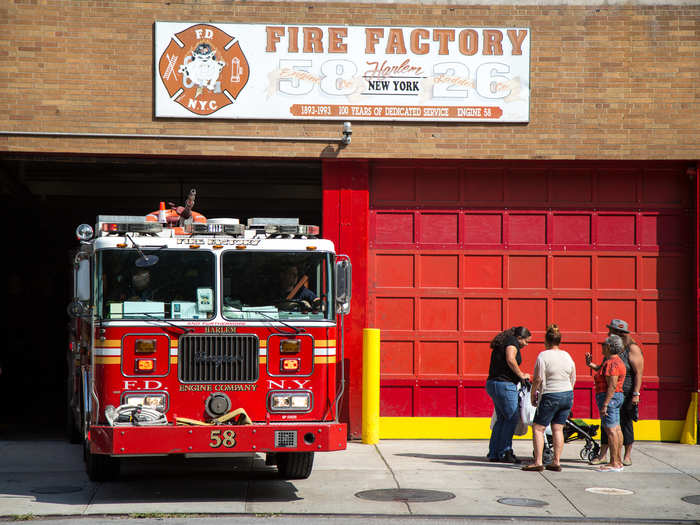
The fires and the large-scale departure of Italian families left many vacant lots and homes.
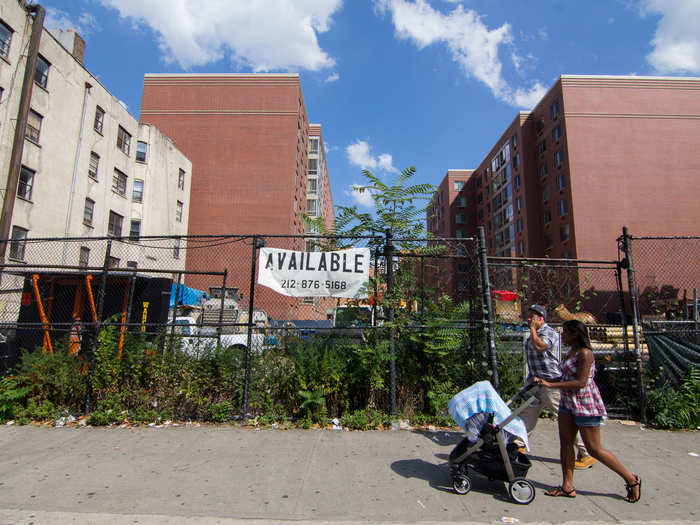
The city claimed many of the destroyed lots and turned them into low-income housing, resulting in one of the highest geographical concentrations of low-income housing projects in the United States right next to one of the highest-income neighborhoods.
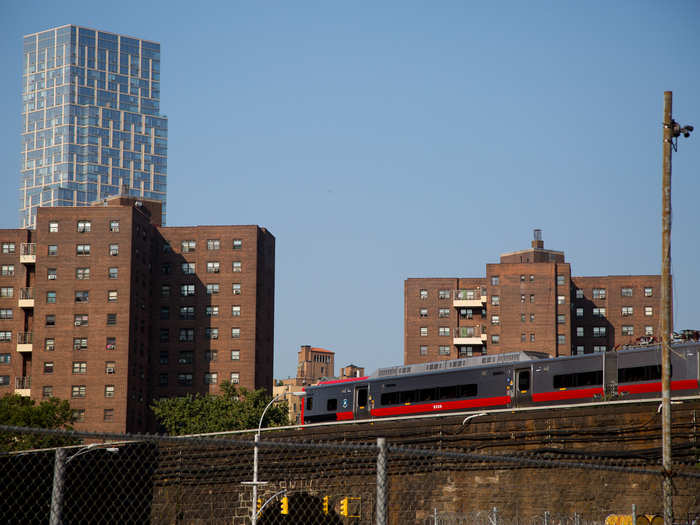
Not everything was burned down, and not everybody has left. Rao's has been family-owned in this location for over 100 years. It was closed when we visited and everyone was at the annual Dance of the Giglio.
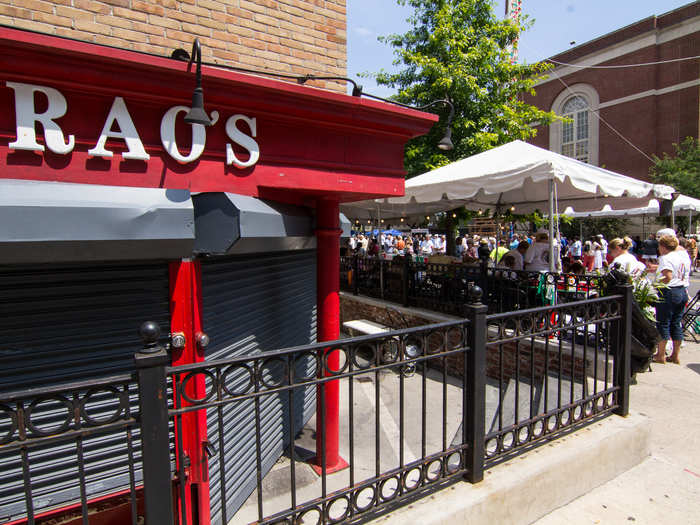
The Dance of the Giglio is an annual feast that originated in the 1880s in Brusciano, Italy near Naples. The tradition was first celebrated in East Harlem around 1908 and the Giglio Society of East Harlem has continued the tradition.
Italian Americans still return in force to the old neighborhood for the festivities, which culminate in the lifting (yes manual lifting) of this huge structure by a large group of large men.
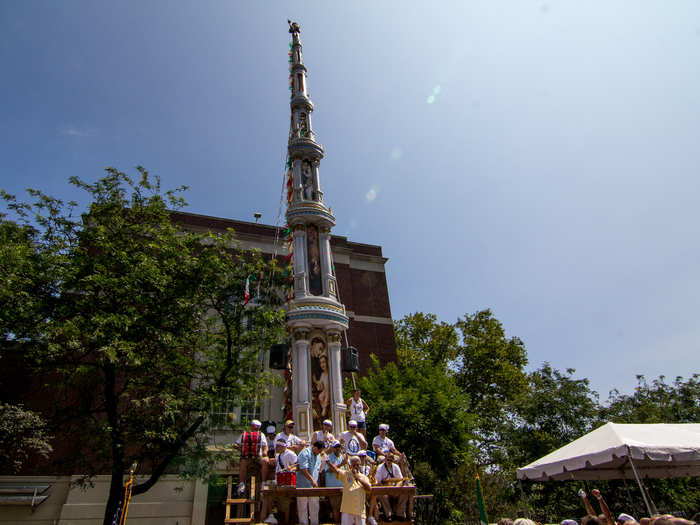
They return to a neighborhood that still has a crime problem. While crime has dropped significantly over the past 20 years, violence remains routine. As a fireman walks to work, building maintenance workers clean blood from the night before.
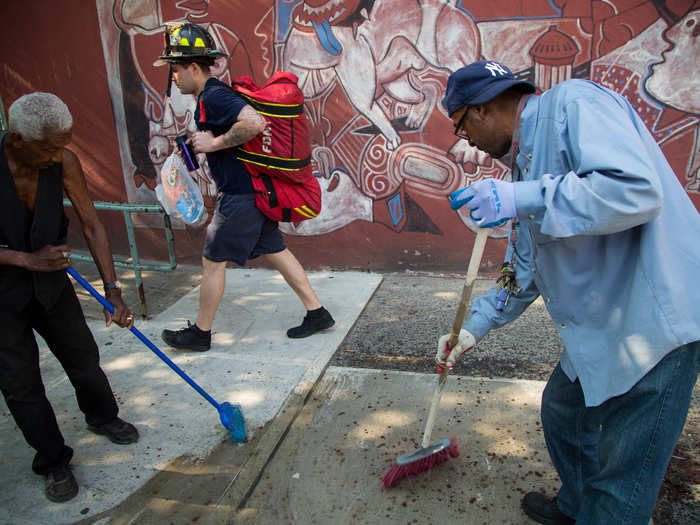
Despite the blood on the streets, violent crimes have decreased over the past 20 years after spiking in the 1980s and early 1990s.
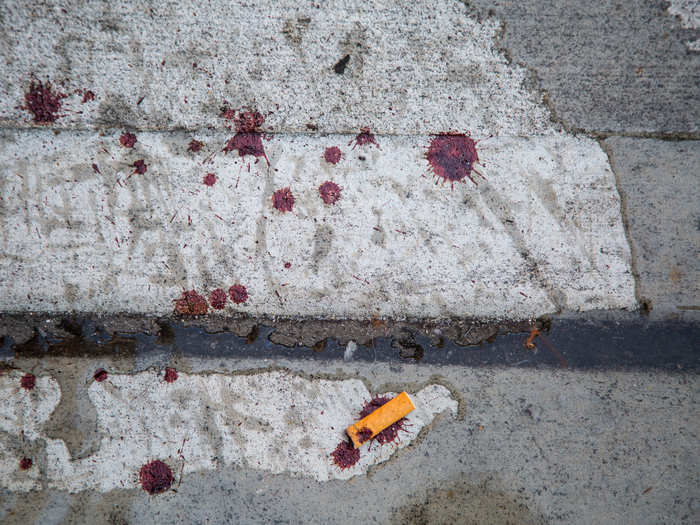
But over the past two years some crimes are up, particularly the ones you would expect as upper and lower income communities get geographically closer.
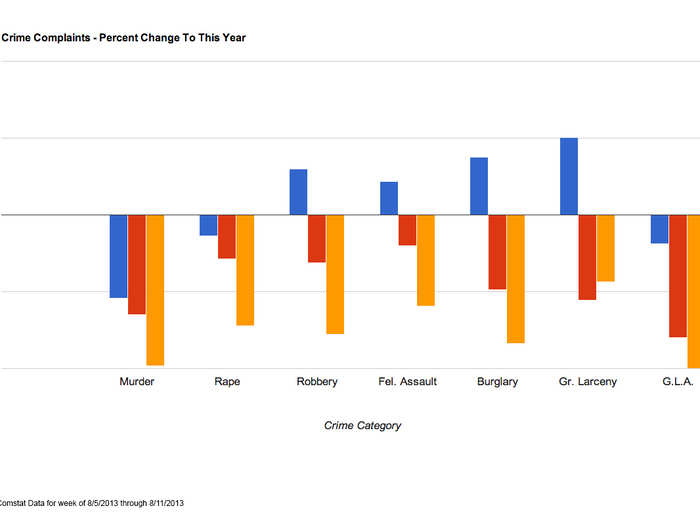
And the NYPD continue to patrol Spanish Harlem in large numbers.
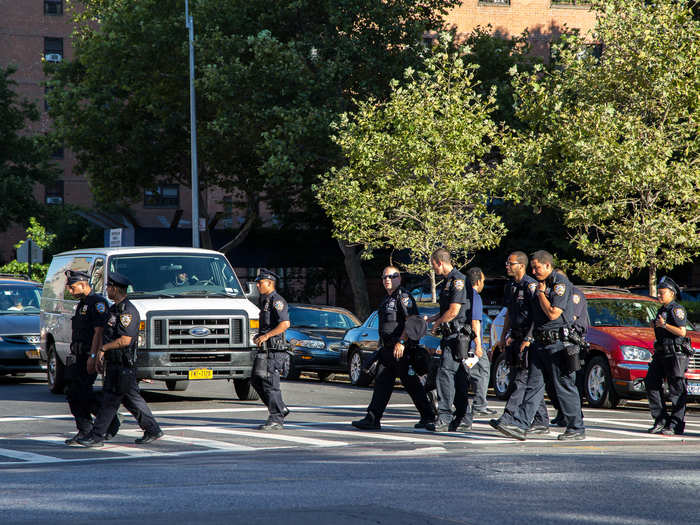
They patrol around areas like Upper Yorkville, looking up Lexington from the "old" border of 96th St.
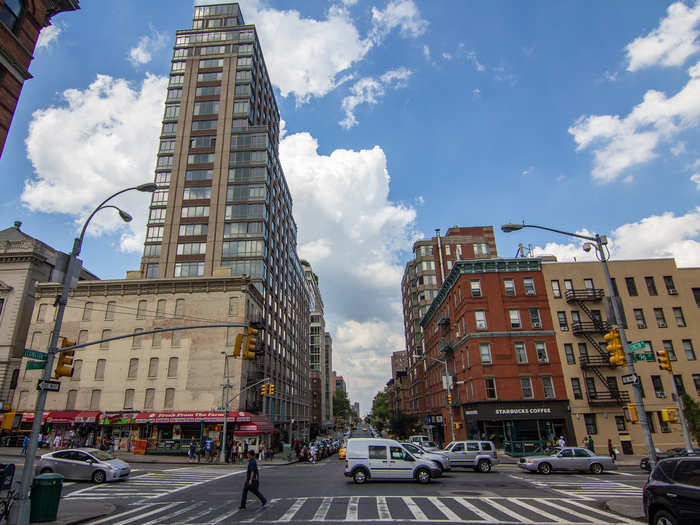
The nicest developments are going up next to Central Park — like One Museum Mile. It recently set a neighborhood record with the sale of a three-bedroom apartment for $3.565 million.
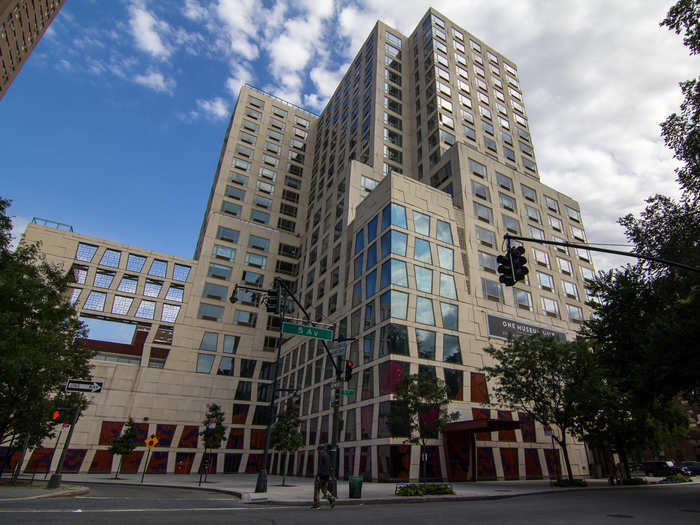
And if you're thinking, “At least renting is cheaper,” know that at 1214 Fifth Avenue the smallest studio costs $3,625/month, and a corner three-bedroom will run you $9,195/month.
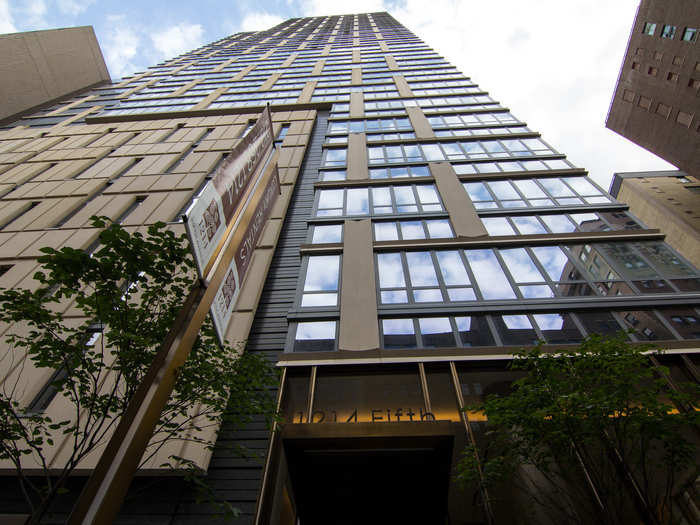
The changes are just as dramatic on the east side. The East River Plaza has been a game-changer for the area.
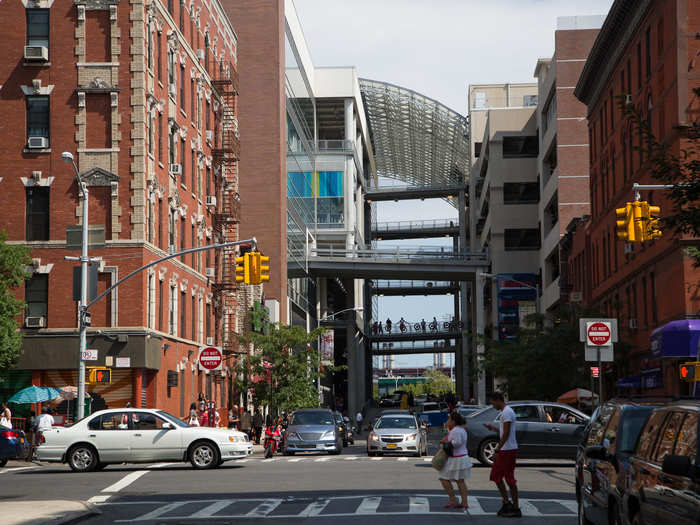
This GIF shows the way the area around the plaza has developed over the past century.
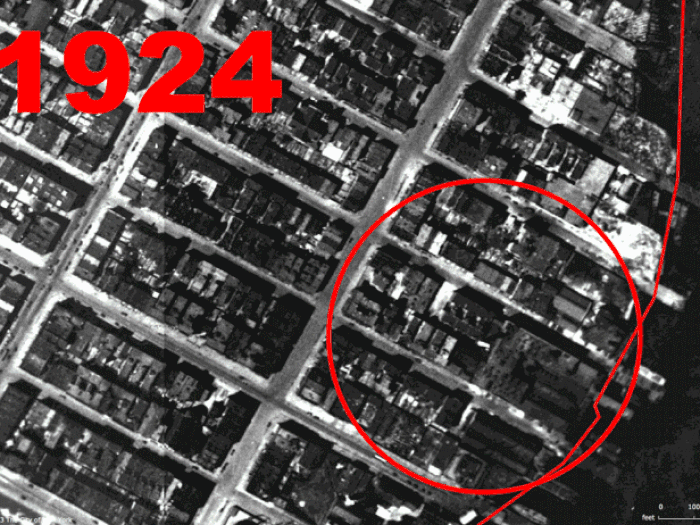
The Target store at East River Plaza has brought in lots of people — some just to shop, others to live. Combined with the Costco the two stores have hurt smaller shops, but also offer locals cheaper prices.
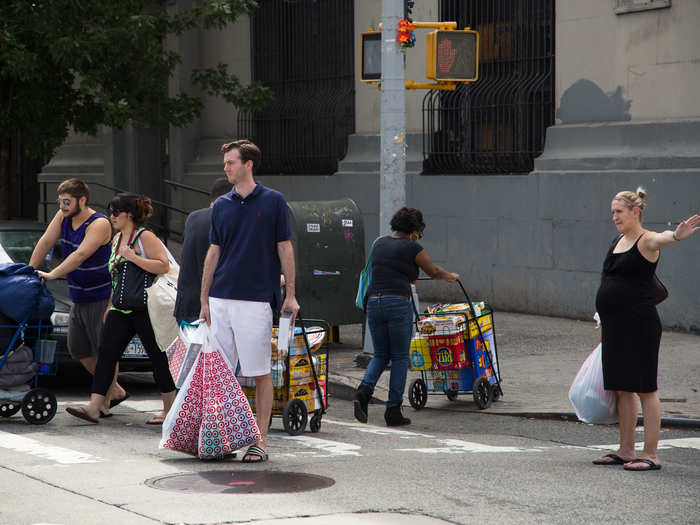
And it isn't just new developments going up. Recently renamed, "The Miles" is a large affordable housing property that's turning "luxury" — but it still has the worst elevators in the city according to the NYC Buildings Department.
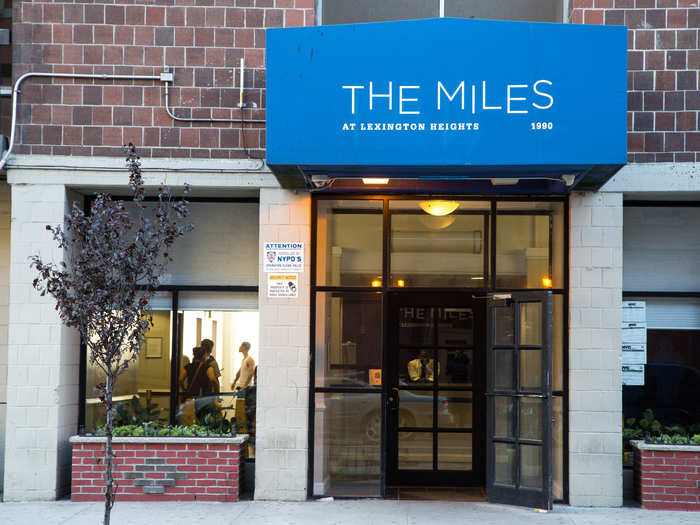
Beyond the super-luxury and massive complexes, this iconic and now almost ironic mural sits near one of the more modest newer developments.
Popular Right Now
Advertisement